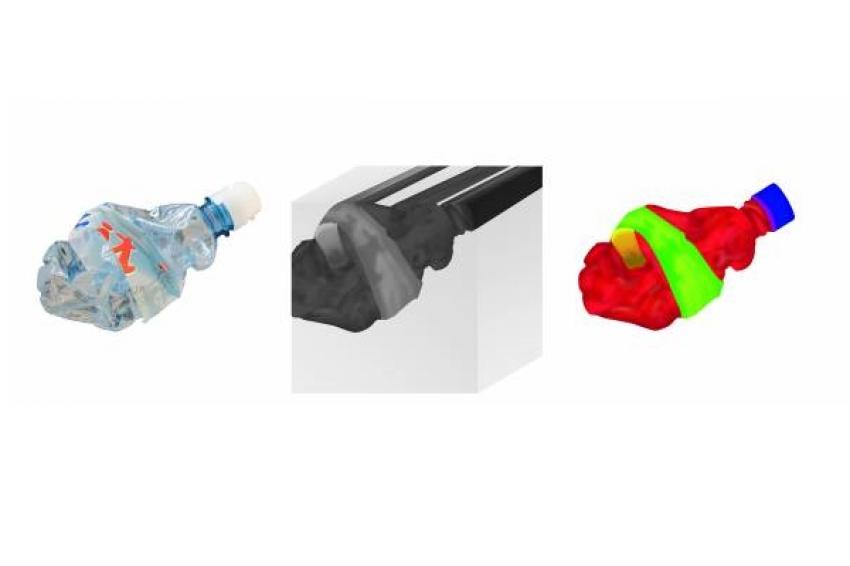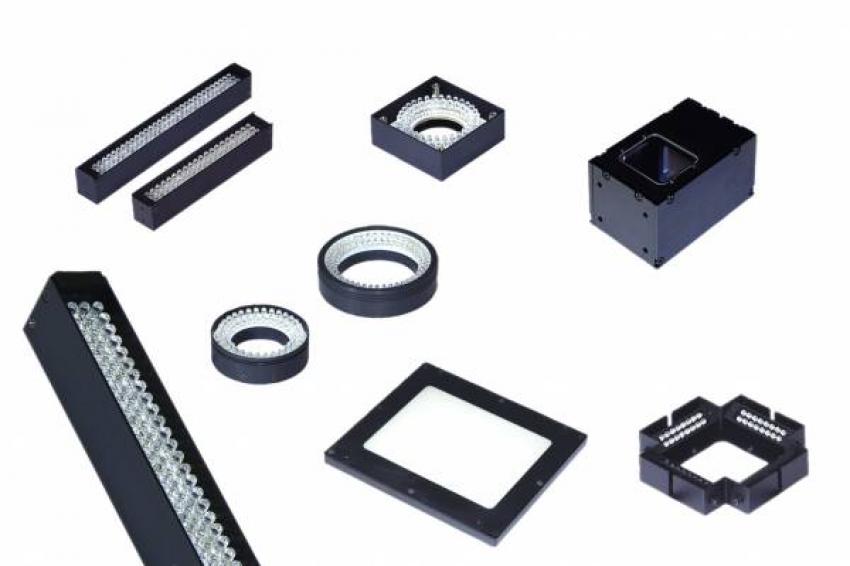Leading suppliers of illumination to present developments at VISION 2018
31.07.2018 -
World-leading manufacturers of illumination systems for machine vision will present their latest developments at VISION 2018 from 6 to 8 November 2018. Companies such as Advanced Illumination, Büchner, CCS, Effilux, Falcon Illumination, Gardasoft, Laser Components, Metaphase, Phlox, Smart Vision Lights, TPL Vision and Z-Laser, most of whom have been exhibiting at VISION for many years, use the leading world trade fair to provide information on new methods in illumination technology and machine vision. Florian Niethammer, VISION Project Manager at Messe Stuttgart, is expecting exciting new developments from exhibitors who have illumination systems in their portfolio: "There is a great deal happening in this area at present. In particular, the topic of hyperspectral imaging has boosted innovation tremendously and is opening up entirely new application areas for machine vision."
Demand for special LED-based lights
Hyperspectral imaging can be used to detect the chemical composition of objects and therefore distinguish, for example, between plastics which appear very similar on the outside. Suitable illumination is essential for these systems. "In particular, users from the area of food inspection are eagerly waiting for special multispectral or hyperspectral illumination based on LEDs," said Sophie Perrot, an illumination expert at Stemmer Imaging. "The existing systems work with halogen lamps which produce a great of heat, which is a hindrance when using multispectral machine vision in the food industry. LED-based illumination will greatly extend the application area of machine vision systems, especially in this segment.“
Trend towards customer-specific adaptations
LED lights have been well-established for years in machine vision systems as a technological basis for illumination of test objects. However, John Thrailkill, co-founder and CEO of Advanced Illumination, believes that there is a need for optimisation here: "In particular, there is a lack of individual optical and mechanical designs for customer-specific applications. A large number of end customers require illumination with higher intensity and a lower price, and want easier integration.“ According to Thrailkill, the expectations of OEMs actually go one step further: "The important factors include customer-specific adaptation possibilities in illumination geometry, various options for operation and fast delivery times with wavelengths.“ The increasing requirements for illumination systems are also confirmed by Daniell Haug, "Prokurist" (holder of a power of attorney) and Product Manager at Falcon Illumination: "In particular, high power density is now required because quicker production processes need shorter exposure times and, thus, more luminous intensity.“ Falcon Illumination and other manufacturers are catering to this trend by making greater use of high-power LEDs and flash controllers. According to Haug, light-intense LEDs can be briefly "overdriven" by the controllers, thereby producing higher light output. Light intensity between one and eight times higher than with standard LEDs is therefore achieved.
Alternatives to LEDs
Alternatives to LED-based illumination are required if no machine vision solution can be attained with visible light.One of these options, which was presented by some companies during the last VISION and is becoming increasingly more important, is the use of extended light spectrums in the ultraviolet and infrared range in conjunction with correspondingly sensitive cameras. However, lasers are also being used to an increasing extent in machine vision as illumination technology. "The requirements are also increasing in this case," said Jochen Maier, Head of the Optosystems Division at Laser Components. "With line lasers, users expect increasingly higher projection quality. The key qualities here are less diffused light and less interference in the line; homogeneous power distribution is now almost always taken for granted.“ "Higher-performance laser modules are needed at times for short exposure times," added Maier. "There is also growing demand for smart housing solutions for easy integration at the customer."
Intelligent lighting – a step towards Industry 4.0
Another current trend in the area of illumination technology is called intelligent lighting. The objective here is to ideally exploit the reserves of illumination systems and therefore also use them in a more efficient and economical way. "Intelligent lighting can be used to monitor illumination systems and is therefore a step towards Industry 4.0," said Sophie Perrot from Stemmer Imaging. "Since the technical properties and the dynamic application data of illumination are permanently available in the system, the user can be informed in good time about decreasing lighting levels or other important changes." Companies such as Stemmer Imaging, which have exhibited at VISION since its première in 1988, offer intelligent lighting systems featuring Triniti technology which was developed by Gardasoft in collaboration with other lighting manufacturers such as CCS, Metaphase and Smart Vision Lights. A large number of partners in the area of software support this approach. According to Perrot, these concepts provider users with an easier opportunity to ideally adapt illumination to their utilisation conditions and achieve stable brightness over a longer period of time so that production machines are made more efficient.
Contact
Landesmesse Stuttgart GmbH
Messepiazza 1
70629 Stuttgart
Germany
+49 711 18560-2541
+49 711 18560-2657








